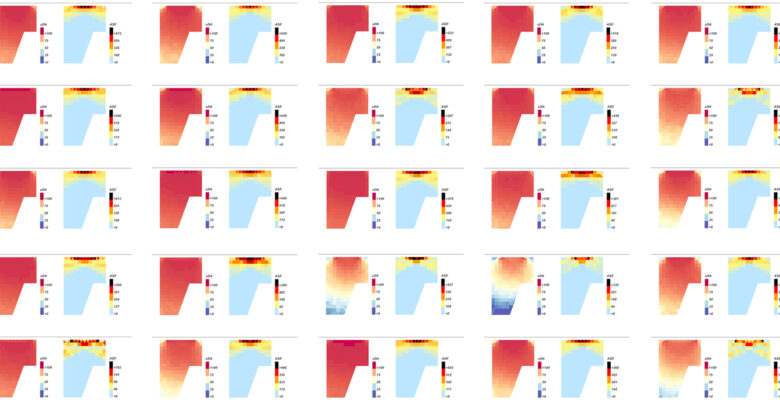In healthcare facilities, with the very nature of healing at its core, designing spaces with enhanced levels of human comfort is of prime importance. Daylighting in healthcare facilities has benefited the physiological and psychological well-being of patients receiving treatment. However, many decades of scientific and technological innovation in the field of electrical lighting have resulted in providing ambient daylighting losing its priority in the overall design process. This research evaluates the impact of building envelope design on daylighting within a patient room setting using parameters such as window-to-wall ratio, and shading mechanisms. By using optimization tools such as Colibri and visualization tools like Design Explorer, a wide range of building envelope options are evaluated for different orientations of patient rooms focusing on daylighting metrics like sDA (Spatial daylight autonomy) and ASE (Annual Sunlight exposure). An integral part of this research is assessing the impact of daylighting in varying sky conditions on the melanopic lux levels measured in EML (Equivalent melanopic lux) regulating the circadian rhythms of the patients by using the circadian lighting software ALFA. The results derived from this simulation-based framework would aid in creating a workflow for early-stage design of patient rooms in healthcare settings by focusing on daylighting.
This article originally appeared in Vol 15.01 of the Perkins&Will Research Journal. CLICK HERE to see the whole article.

